My Homemade Orchid Fertilizer Always Brings More Blooms – Here's The Easy Recipe That Transforms Plants
Scientist-turned-gardener Mary Ellen Ellis shares her tried-and-tested DIY orchid fertilizer recipe, plus more ingredients to try for healthy, happy plants.


Orchids are popular houseplants but have an unfortunate reputation for being difficult to grow. While it’s not hard to keep an orchid alive, getting it to rebloom can be a little challenging. Feeding orchids is a key component for healthy growth and beautiful blooms, but I don't believe you need to buy expensive products. Homemade orchid fertilizer can be just as effective as commercial feeds and is usually free to make using food waste.
Proper orchid fertilizing is particularly essential for potted orchids, which, over time, deplete the nutrients from their potting mix. In the wild, orchids take nutrients from decaying plant matter that falls around them, so fertilizing is a necessary substitute for that natural supply.
I find making my own fertilizer to be a fun extra step in my orchid care routine, and I have really noticed the difference, with more flowers and lush, healthy leaves. The ingredients I use are mostly organic and can be combined to serve different nutritional needs.
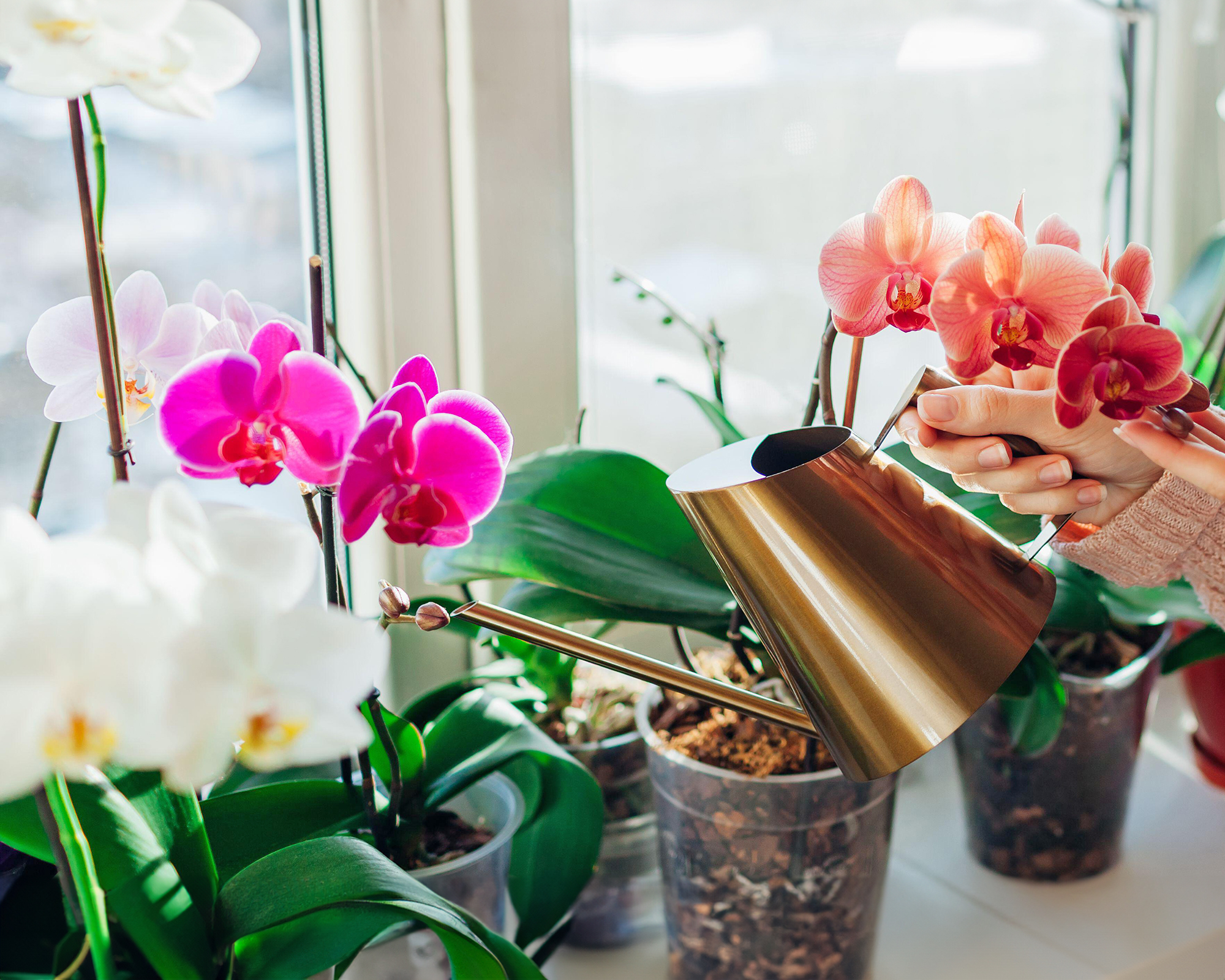
Orchid Fertilizing Basics
There are many types of orchids. Some have different feeding needs, but most follow the same general growth pattern and benefit from a similar feeding schedule. Most orchids should be fed during their active vegetative growth period. This happens before they flower.
Weak feeding is best as orchids are sensitive to overfeeding. I tend to stick to a schedule of fertilizing every week for three weeks during active growth, followed by a week off with just water.
After flowering, orchids go dormant for a period. It’s generally best to stop feeding your orchid once it begins to produce flower buds and for the dormant period following blooming.
Like other plants, orchids need three macronutrients: nitrogen for leaf growth, phosphorus for roots and flowers, and potassium for overall growth and health. They also need several micronutrients like calcium, magnesium, iron, copper, zinc, sulfur, manganese, and molybdenum.
Gardening tips, videos, info and more delivered right to your inbox!
Sign up for the Gardening Know How newsletter today and receive a free copy of our e-book "How to Grow Delicious Tomatoes".
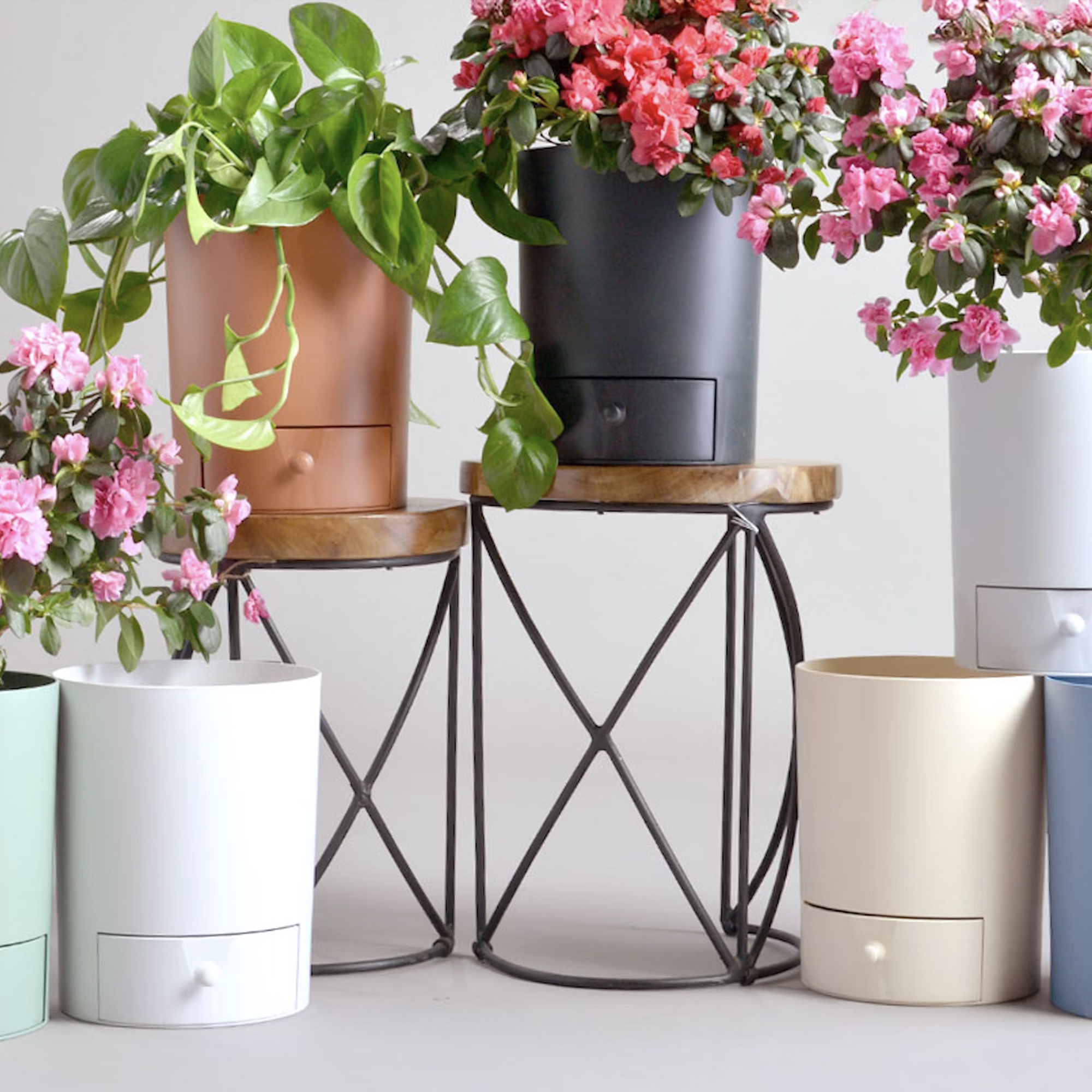
Choose the best containers for your orchids – from indoor-outdoor planters to innovative Drain Drawer Pots, which let you soak your orchid before draining it.
Store-Bought vs Homemade Fertilizer
Orchids are more sensitive to being over-fertilized than other plants, which can cause damage and interfere with getting an orchid to bloom. You can have good results with commercial fertilizers if you’re careful. However, you should stop feeding during your orchid’s dormant period, during bud development, and in the period immediately after repotting orchids.
One of the benefits of using homemade recipes is that they are generally less nutrient-dense and less likely to cause overfeeding issues. A downside is that it’s more difficult to get the right balance. It’s easy to under-fertilize with homemade products. You run the risk of short-changing your plant on some of its key nutrients. However, I find that combining ingredients and keeping a consistent routine helps minimize issues.
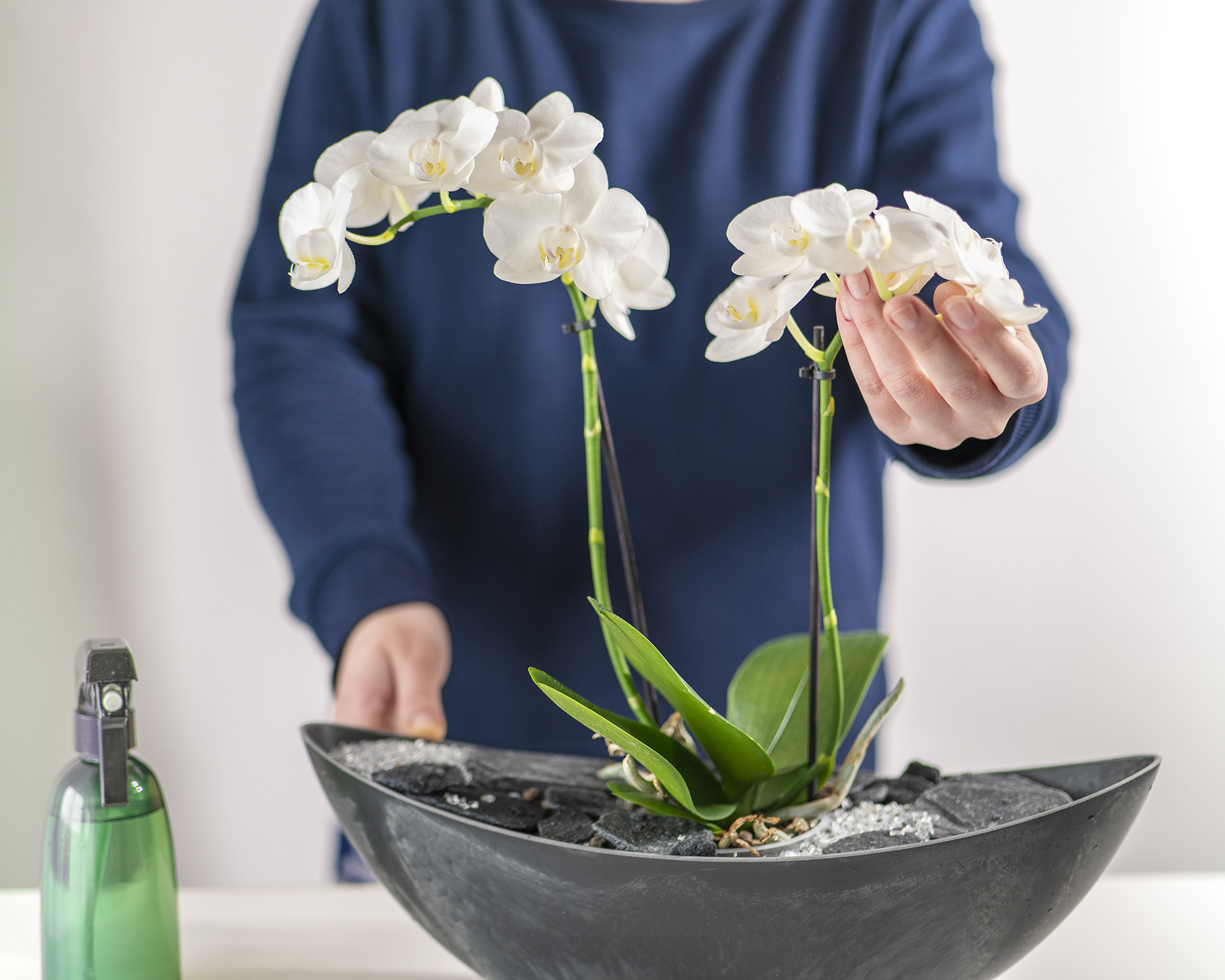
Homemade Orchid Fertilizer Ingredients
Many of the nutrients your orchid needs to grow and bloom are right in your kitchen or medicine cabinet. These are some individual ingredients that will help you feed your orchid gently:
- Eggshells
Eggshells are rich in calcium, a micronutrient that promotes strong plant cell walls and overall healthy growth. Add clean, dry eggshells ground up into a powder to your orchid’s growing medium. Every time you water the plant, the eggshells will release a little bit of calcium. - Banana Peels
Make a banana peel tea to add potassium, phosphorus, and calcium to your orchid. To make a tea, steep chopped-up banana peels in water for a few days. This will allow the nutrients to leech out of the peels, creating a nutrient-rich “tea” you can dilute and use to water your orchid. - Milk
Milk contains all the macronutrients orchids need, plus calcium and magnesium. Use about one part milk to four parts water for a balanced fertilizer that you can use every couple of weeks. - Rice Water
The water you just used to boil rice contains macronutrients, micronutrients, and starch, which are beneficial for orchid root growth. Simply save the water you cooked rice in to make a rich fertilizer for orchids. Be sure to let it cool before applying it to your orchid. Using brown rice instead of white rice provides even more nutrients. - Blackstrap Molasses
Blackstrap molasses is more than just sugar. It contains calcium, magnesium, manganese, iron, and potassium. Use a ratio of about one teaspoon of molasses to one gallon of water for a fertilizer. In addition to feeding your orchid, this mix feeds beneficial microbes. - Black Tea
Black tea is a great natural way to add more nitrogen to homemade orchid fertilizer. Many commercial fertilizers use urea as the nitrogen source. This is fine for many plants grown in soil, but orchids cannot access nitrogen this way. Tea provides an alternative way to supply more accessible nitrogen. Use cooled black tea about once a month to feed your orchid nitrogen.
Combine two or three of these ingredients to ensure your orchid is getting a good mix of nutrients. If you aren't sure where to start, then try my bone meal orchid fertilizer recipe.

My Bone Meal Fertilizer Recipe
Bone meal is a useful fertilizer for many plants, and you can make your own using dried chicken bones, which provide macronutrients plus calcium and magnesium. Let the bones dry completely before creating this recipe:
- Grind up a few dried bones using a blender or meat grinder. Stop grinding when you have a powder with a sand-like consistency – it shouldn't be too fine.
- Combine the bone meal with a little milk to add calcium and additional macronutrients (remember, one part milk to four parts water – or rice water in this case).
- Add a teaspoon of molasses to add potassium for flowering.
- Use rice water to thin the mixture and add macronutrients plus starch, which benefits the orchid’s roots.
- Strain this mixture and use it diluted as a weekly orchid fertilizer.
Can I Use Homemade and Store-Bought Fertilizers Together?
If you’re very careful and understand the content of the products and homemade recipes you’re using, it’s possible to successfully combine the two to optimize your orchid’s health. On the other hand, it’s also easy to overfeed this way. The safest way to feed your orchid and promote healthy growth and flowers is to choose one or the other.
More Orchid Inspiration
- Are your orchid leaves wrinkled? Learn the 5 common causes and how to restore their vitality.
- Browse indoor gardening essentials in the Gardening Know How Shop – from hard-to-find houseplants to perfect containers and accessories.
- These 8 rare orchids make stunning houseplants – and some are surprisingly easy to grow.
- Should you water orchids with ice cubes? Discover the pros and cons of this controversial method.
- Get gardening and houseplant advice and inspiration delivered straight to your inbox by signing up to the Gardening Know How Newsletter.

Mary Ellen Ellis has been gardening for over 20 years. With degrees in Chemistry and Biology, Mary Ellen's specialties are flowers, native plants, and herbs.
-
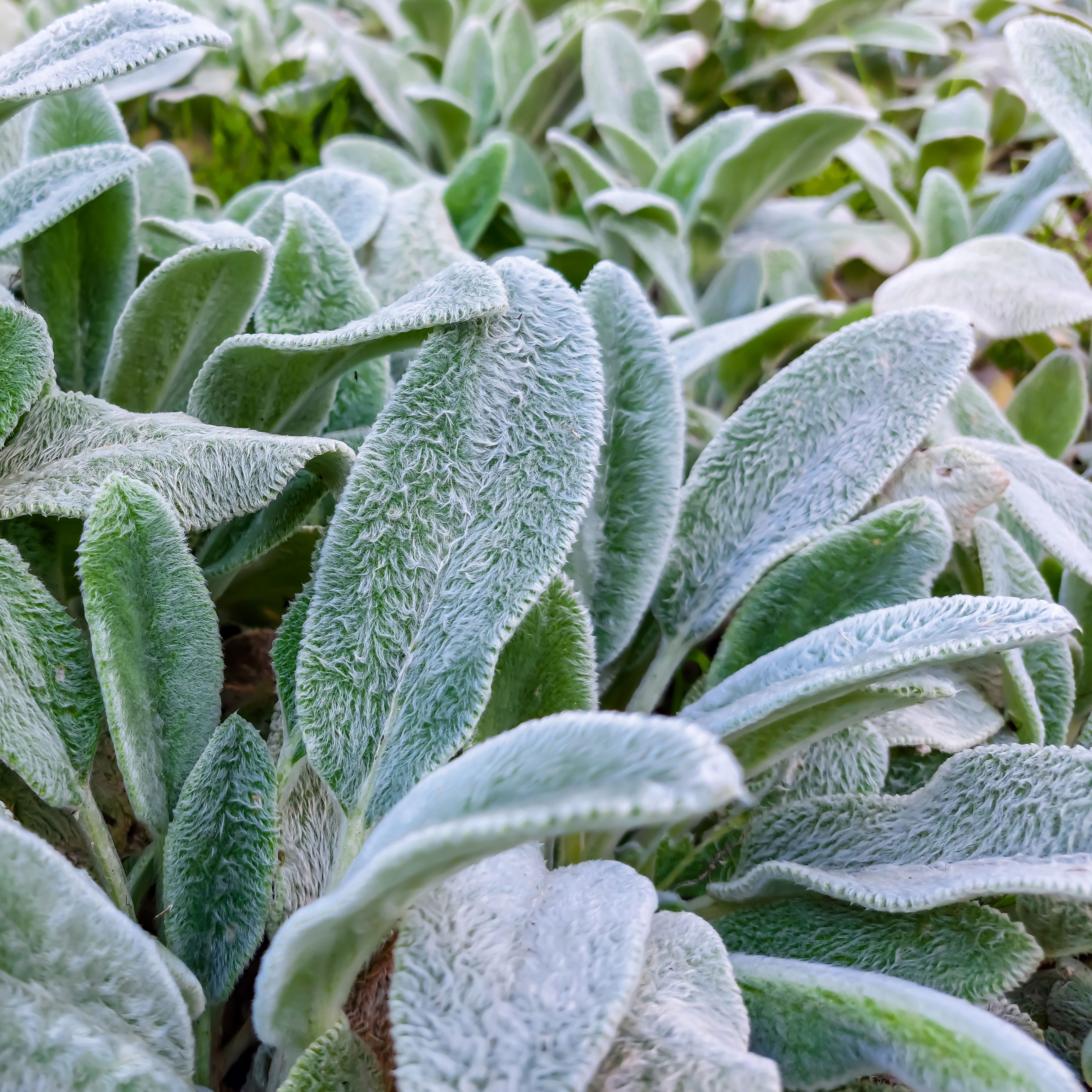 Looking For Plants To Give You The Soft And Fuzzies? Try These 5 Fuzzy Leaf Plant Options
Looking For Plants To Give You The Soft And Fuzzies? Try These 5 Fuzzy Leaf Plant OptionsLovers of texture, drama, silver foliage and tactile plants will adore these special sensory garden additions. These fuzzy leaf plant options will leave you all aglow
By Susan Albert
-
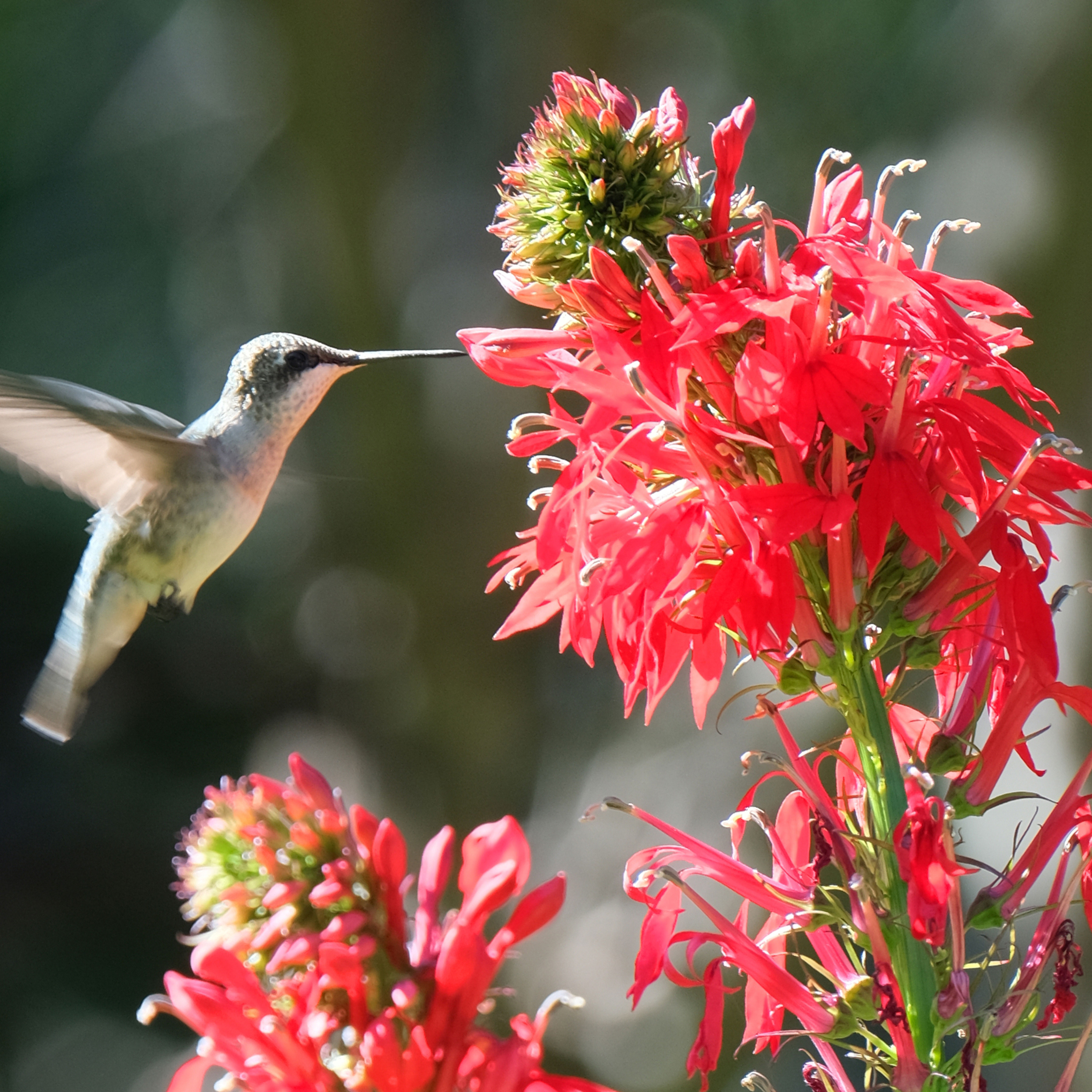 Get Ready For A Summer Of Hummers! Grow These Full Sun Hummingbird Plants and Flowers
Get Ready For A Summer Of Hummers! Grow These Full Sun Hummingbird Plants and FlowersIf you’re lucky enough to enjoy a sunny backyard, make sure you are maxing out on your pollinator opportunities and grow these full sun hummingbird plants and flowers
By Tonya Barnett
-
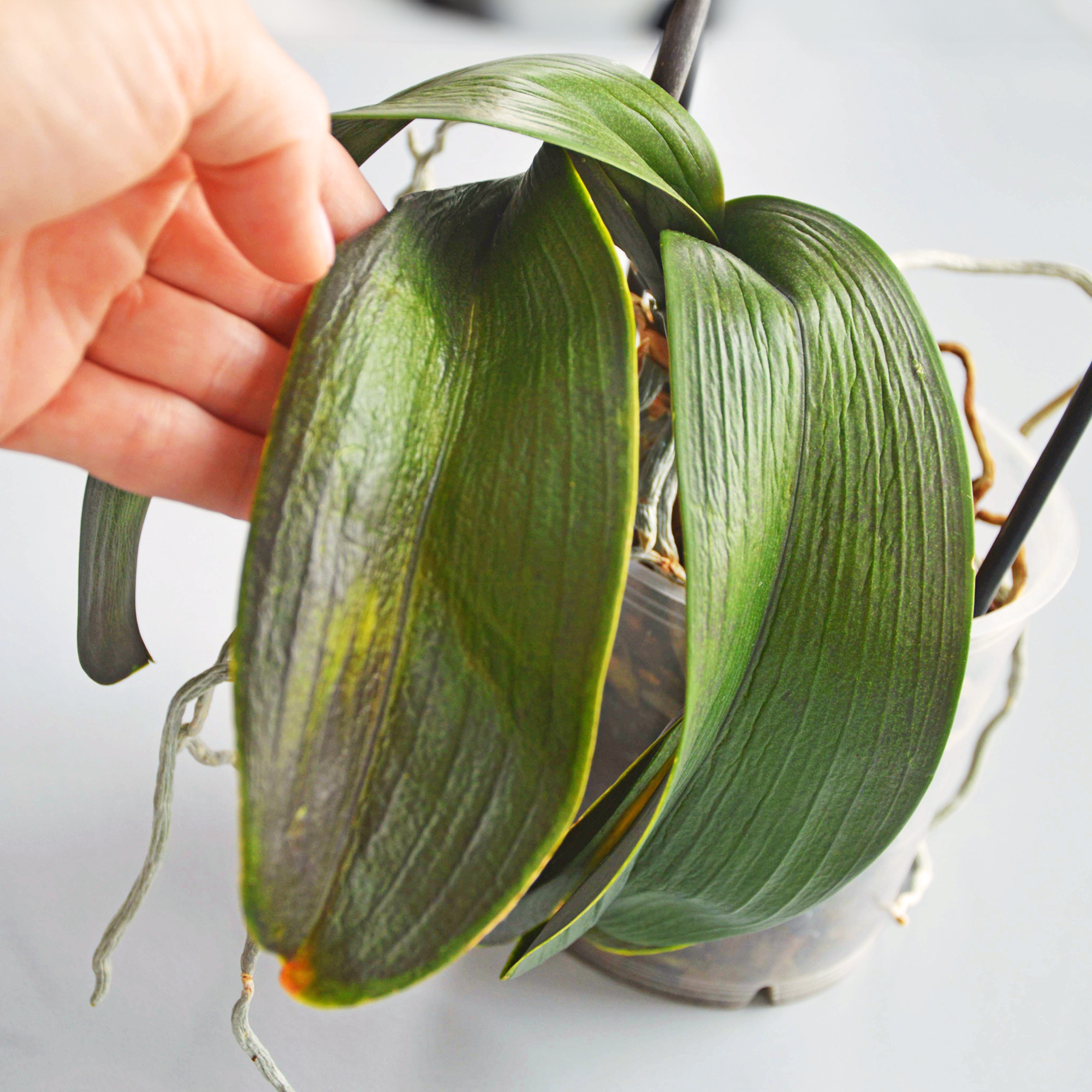 Orchid Leaves Wrinkled? 5 Common Causes & How To Restore Their Vitality
Orchid Leaves Wrinkled? 5 Common Causes & How To Restore Their VitalityAre your beloved orchid's leaves wrinkled? Worry not! Here are the most common causes for puckered orchid foliage, plus how to plump them back up.
By Tonya Barnett
-
 8 Rare Orchids That Make Stunning Houseplants – Some Are Surprisingly Easy To Grow
8 Rare Orchids That Make Stunning Houseplants – Some Are Surprisingly Easy To GrowDiscover unique orchids that will add exotic beauty to your home. Some make easygoing houseplants, while others offer a challenge for more seasoned growers.
By Melanie Griffiths
-
 Why Is My Orchid Dying? 5 Common Causes & How To Save It Before It's Too Late
Why Is My Orchid Dying? 5 Common Causes & How To Save It Before It's Too LateStruggling to keep your orchid alive? Learn the top mistakes that cause orchids to decline – and the simple fixes to bring yours back to life.
By Bonnie L. Grant
-
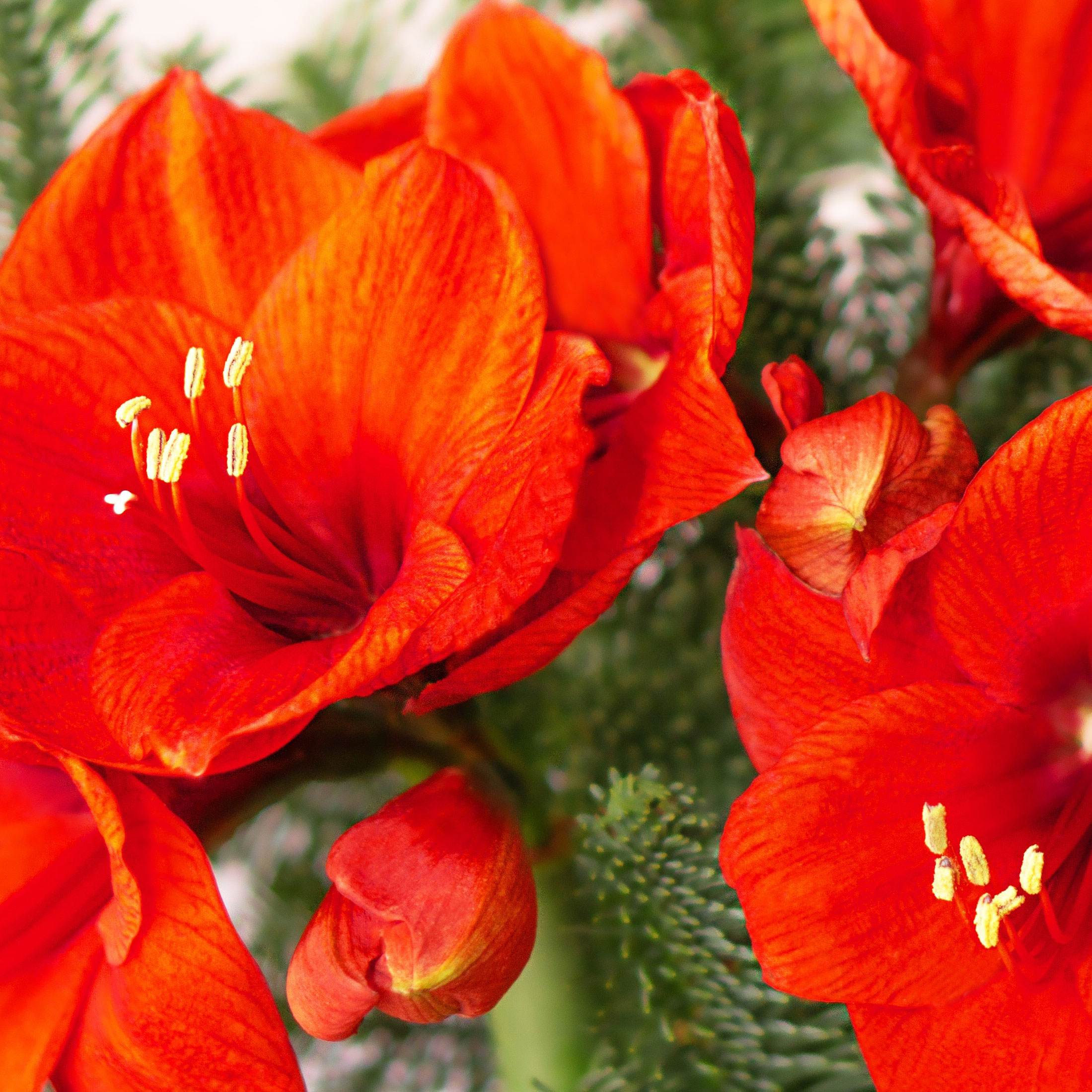 Warm Up Your Winter With Indoor Reds! 8 Red Amaryllis Varieties For Sizzling Seasonal Interest
Warm Up Your Winter With Indoor Reds! 8 Red Amaryllis Varieties For Sizzling Seasonal InterestWell loved as a bold decorative holiday bloomer, the red amaryllis is a hot favorite for winter displays. These red amaryllis varieties are guaranteed to fire up the season
By Tonya Barnett
-
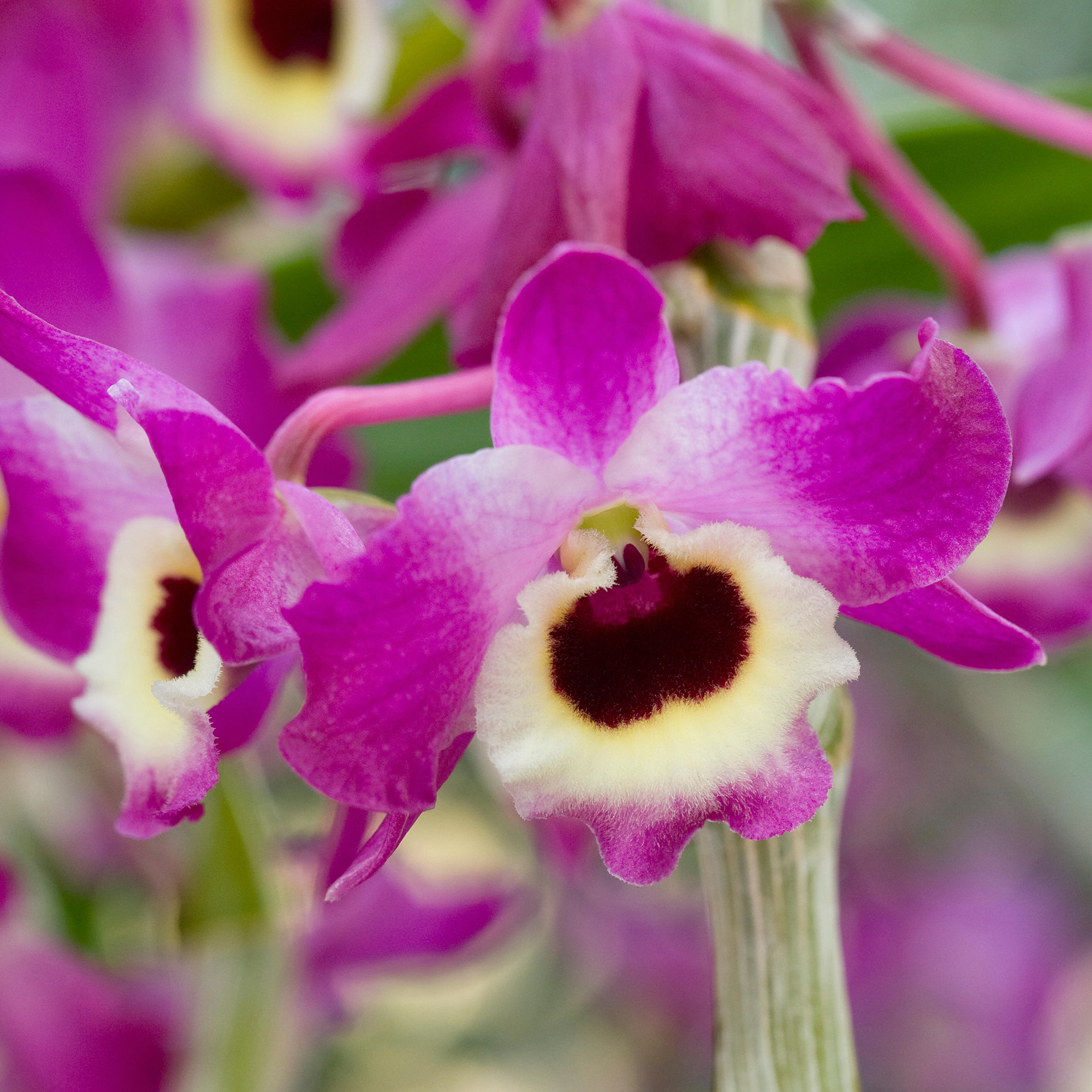 Dendrobium Nobile Orchid: How To Care For This Graceful, Easy-Going Houseplant
Dendrobium Nobile Orchid: How To Care For This Graceful, Easy-Going HouseplantLearn how to care for elegant dendrobium nobile orchids. These undemanding plants make a stunning addition to any orchid collection and are ideal for beginners.
By Bonnie L. Grant
-
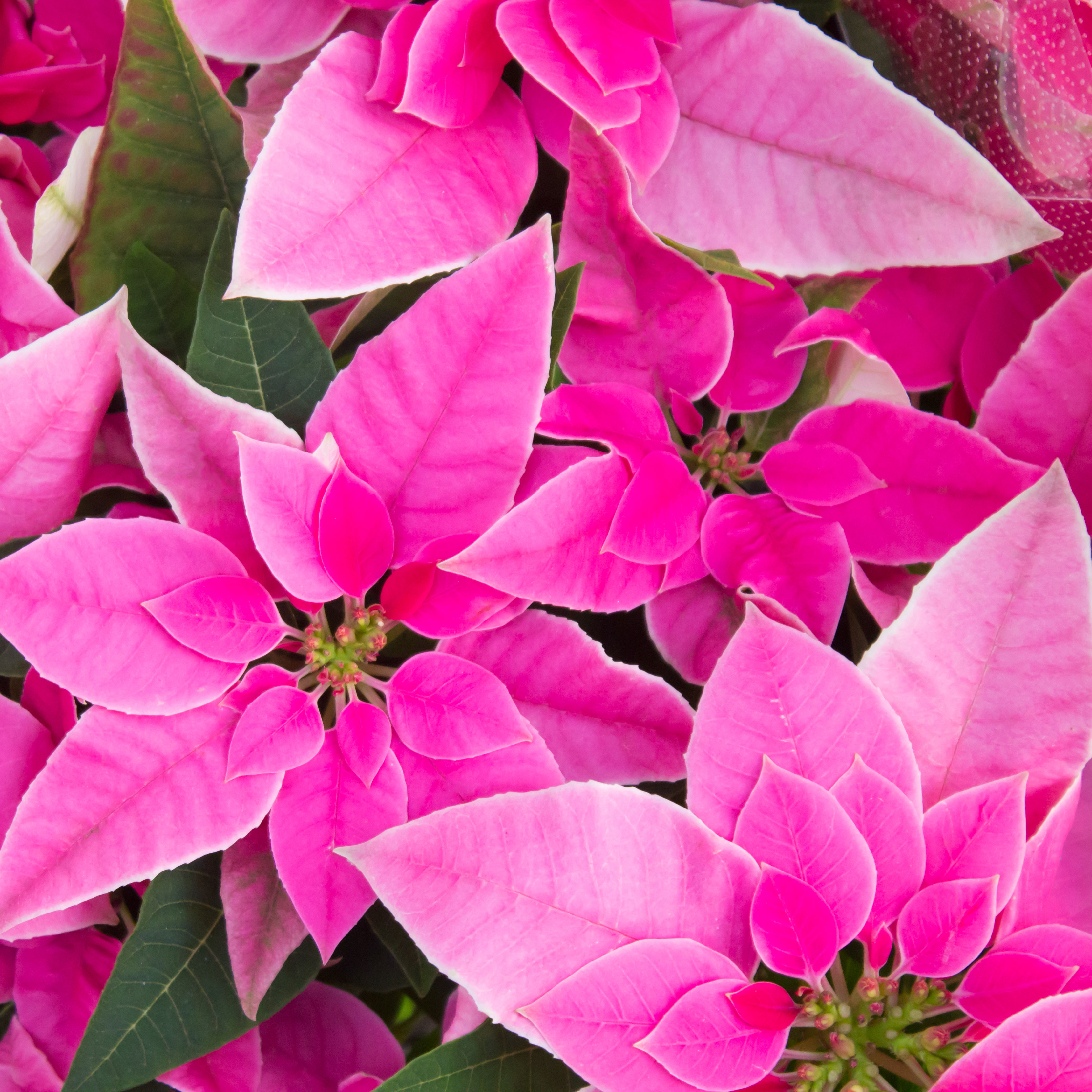 Poinsettia Pinks: 7 Pink Poinsettias To Grow For Neon Hot Tones And Cool Pretty Pastels
Poinsettia Pinks: 7 Pink Poinsettias To Grow For Neon Hot Tones And Cool Pretty PastelsWhile the traditional red poinsettia is a staple of many homes over the holiday period, they are not your only option. For cheerful brights or pastels, why not grow pink poinsettias?
By Tonya Barnett
-
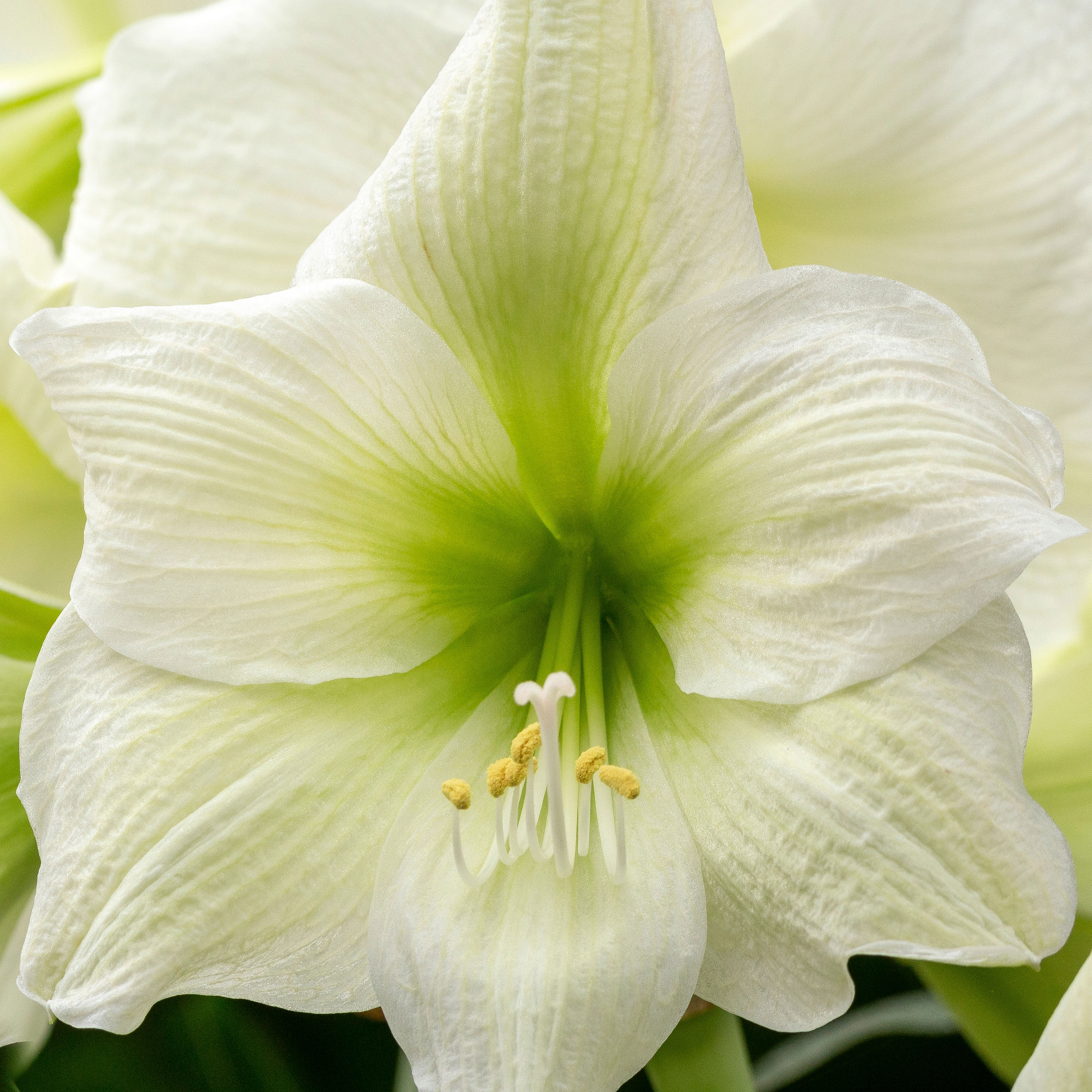 Want Amaryllis But Not Red? Try These 8 White Amaryllis Varieties For The Ultimate Elegance
Want Amaryllis But Not Red? Try These 8 White Amaryllis Varieties For The Ultimate EleganceYou’re probably familiar with the crisp red blooms of the traditional amaryllis – but if you feel like something more unusual and elegant, why not try white amaryllis?
By Mary Ellen Ellis
-
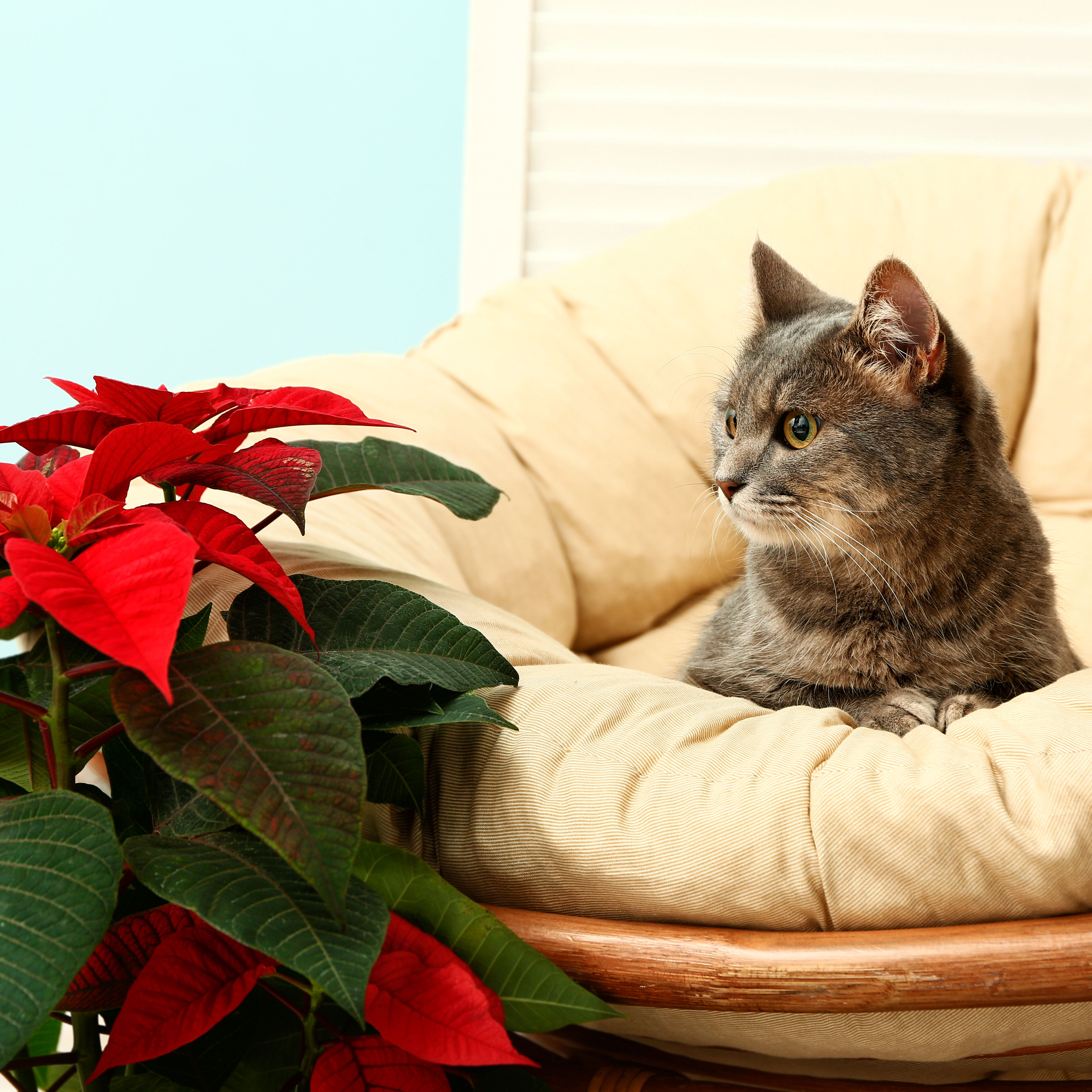 Are Poinsettias Poisonous To Cats? What You Need To Know For Happy, Healthy Felines
Are Poinsettias Poisonous To Cats? What You Need To Know For Happy, Healthy FelinesThey have the potential to brighten up homes long after the holidays, but are poinsettias poisonous to cats? Make sure you read this before mixing the two!
By Susan Albert